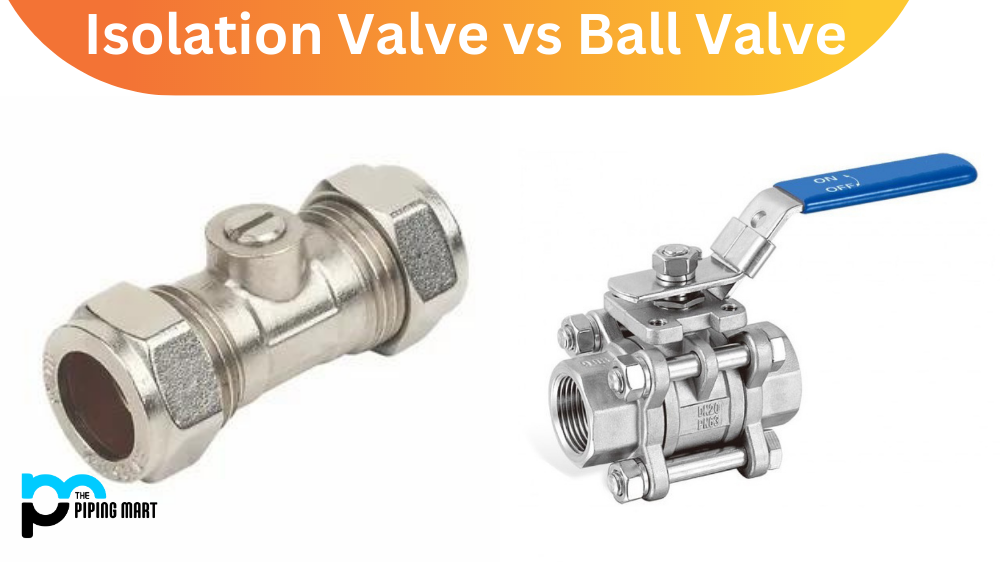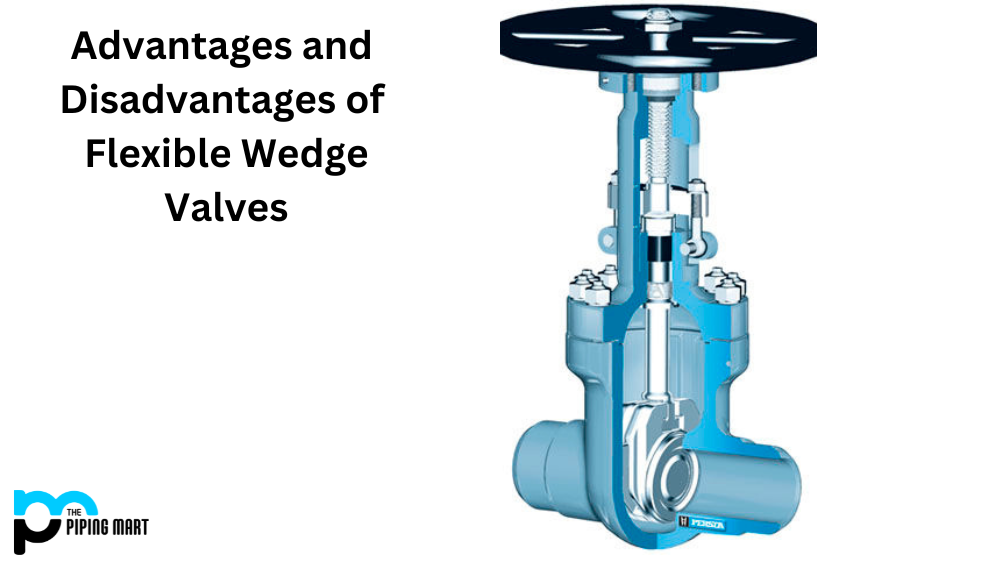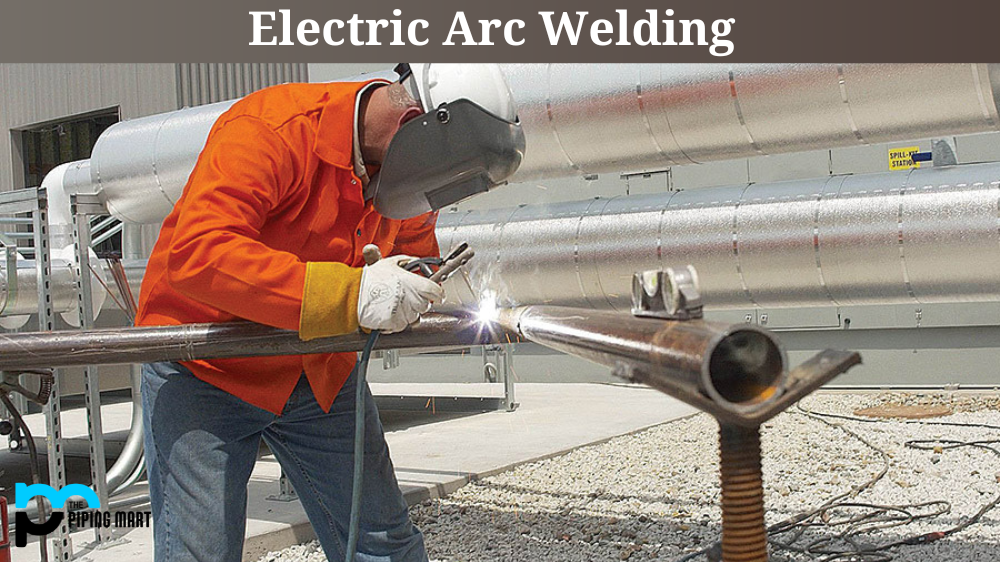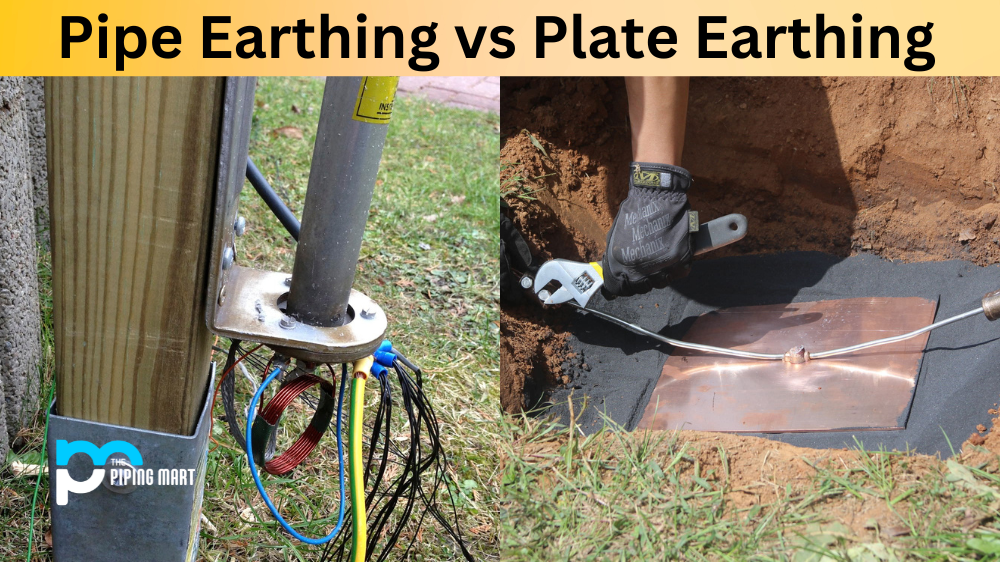When controlling the flow of liquids and gases, isolation and ball valves are two of the most commonly used valves. Both valves have advantages and disadvantages, so many people need clarification to choose between them. In this blog post, we’ll discuss the pros and cons of isolation and ball valves to help you decide when selecting a valve for your application.
What is Isolation Valve?
Isolation valves are also known as globe valves or stop valves. They have a gate that can be lifted or lowered to allow or block the flow of liquid or gas through the valve. Unlike ball valves, designed to open and close quickly, isolation valves are intended for use in applications requiring precise flow regulation. This type of valve is ideal for use where flow rates are optional to be changed frequently.
What is Ball Valve?
On the other hand, ball valves have a ball inside the valve body that rotates to allow or block the flow of liquid or gas. They are designed to be opened and closed quickly, making them ideal for applications where flow rates must be adjusted frequently. Due to their fast-acting design, ball valves are often used in situations that require emergency shut-off and high-pressure applications.
Difference Between Isolation Valve and Ball Valve
Advantages
One of the advantages of isolation valves is that they offer a high degree of precision. This makes them ideal for use in applications requiring accurate flow rate control. Isolation valves are also more resistant to wear and tear, as they have fewer moving parts than ball valves. This makes them a good option for use in applications that require regular and prolonged use.
Durability
On the other hand, ball valves are known for their durability and long-lasting performance. They are designed to resist wear and tear, meaning they can last many years without needing replacement. Additionally, ball valves are designed to operate under high pressure and temperature conditions.
Cost
Isolation valves are more expensive to manufacture than ball valves, making them more expensive. In addition, isolation valves are more difficult to install and maintain than ball valves. This is because isolation valves require more space to operate and also require more maintenance than ball valves.
Other Differences
- Isolation valves isolate a section of piping or equipment from the rest of the system.
- Ball valves control the flow of liquids and gases through a pipe.
- Isolation valves are available in various materials, including brass, bronze, stainless steel, and plastic.
- Ball valves are available in various materials, including brass, bronze, stainless steel, and plastic.
- Isolation valves are typically used in applications where it is essential to prevent contamination or leaks.
- Ball valves are typically used in applications where controlling the flow of liquids and gases is essential.
- Isolation valves can be manual or automated.
- Ball valves can be manual or automated.
Conclusion
In conclusion, both isolation and ball valves offer unique benefits and drawbacks. Isolation valves are ideal for applications requiring accurate flow rate control and precision. In contrast, ball valves are designed for high-pressure, emergency shut-off, and frequent flow rate adjustments. When selecting a valve, it’s essential to consider your application’s requirements, such as temperature, pressure, and flow rate, and then choose the valve that meets those requirements best. Whatever type of valve you choose, it’s crucial to ensure proper maintenance to extend the valve’s lifespan and enhance its performance.

Abhishek is a seasoned blogger and industry expert, sharing his insights and knowledge on various topics. With his research, Abhishek offers valuable insights and tips for professionals and enthusiasts. Follow him for expert advice on the latest trends and developments in the metal industry.




